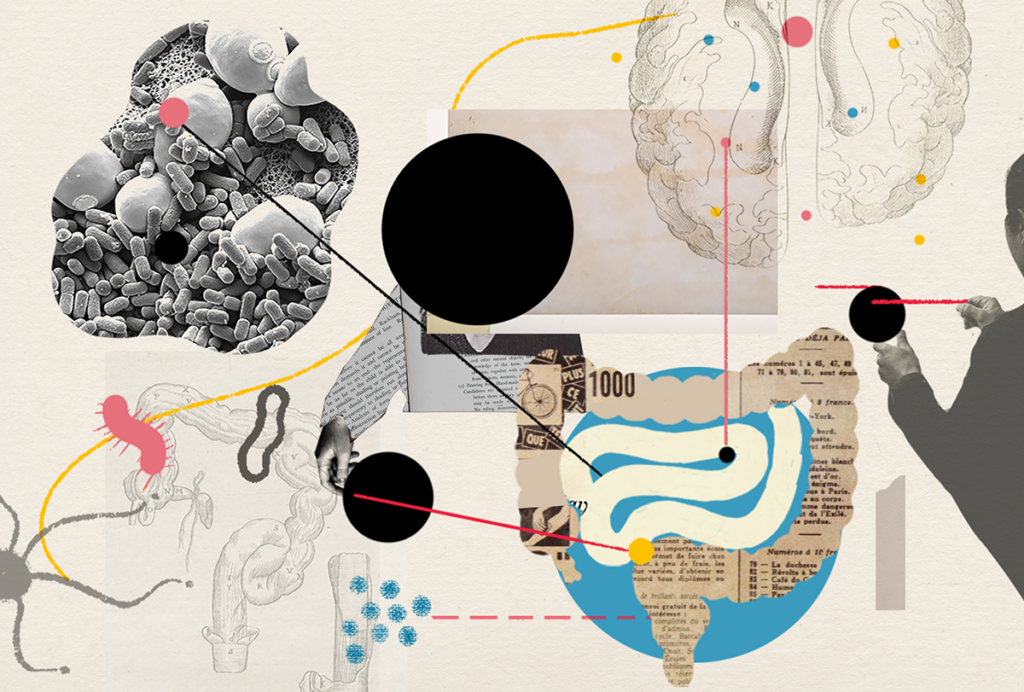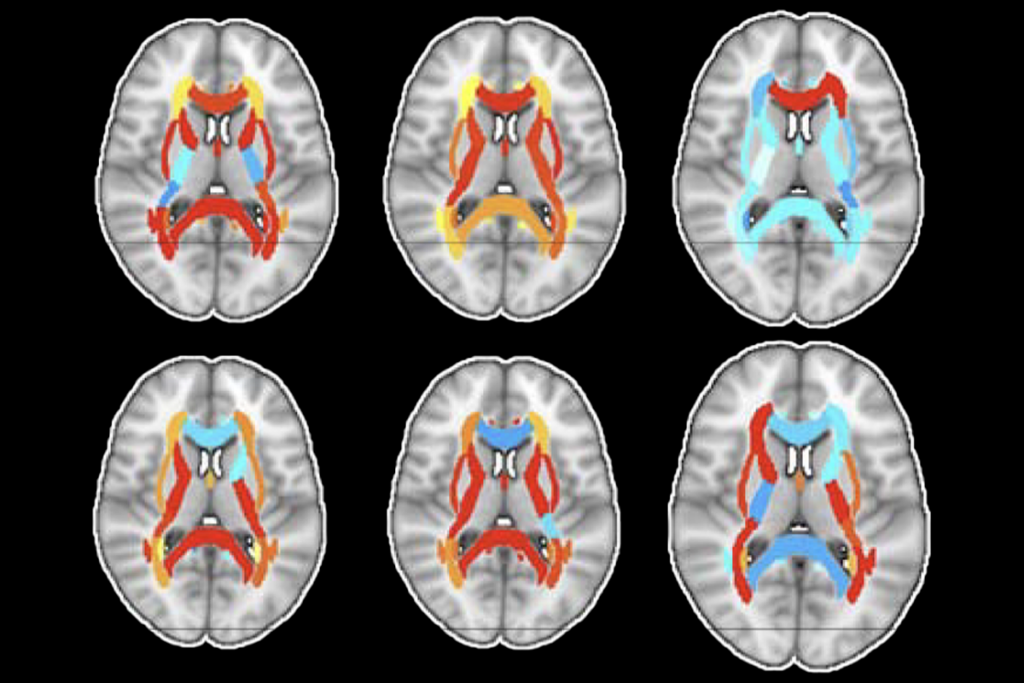Cries from mice with autism mutation fail to attract moms
Newborn mice missing a copy of the autism candidate gene TBX1 squeak in overly simple sequences when beckoning their mothers.
Newborn mice missing a copy of the autism candidate gene TBX1 squeak with overly simple call sequences when beckoning their mothers. Mothers, in turn, are less likely to respond to these cries than to normal pup calls, suggests a new study1.
The findings indicate that the genetic glitch can disrupt interactions between mother and pup. This early abnormal communication might lead to social problems later in life, says lead researcher Noboru Hiroi, professor of psychiatry and neuroscience at Albert Einstein College of Medicine in New York City. “Maybe this is a point where you are determining the future outcome of autism,” he says.
Instead of simply analyzing individual mouse calls as previous studies did, Hiroi and his colleagues pieced together the sequence of calls each mouse emits — delving into the intricacies of how mice vocalize.
“[This] is a critical and necessary advance in the field of sound communication in mouse models of autism,” says Mu Yang, assistant professor of psychiatry and behavioral sciences at the University of California, Davis, who was not involved in the study. “This is a very elegant study that demonstrated the meaningfulness of pup vocalizations in eliciting maternal behaviors.”
TBX1 resides in a swath of chromosome 22 known as 22q11.2 that is missing or doubled up in some people with autism or schizophrenia. In a 2011 study, Hiroi and his colleagues reported that mice missing a copy of the gene have social problems reminiscent of those seen in autism. They’re also less likely than controls to emit complex cries to summon their mothers.
Squeak songbook:
In the new study, published 15 December in Molecular Psychiatry, the researchers carefully documented 10 distinct call types and the sequences of these calls in mouse pups. The calls vary in pitch, duration and pitch pattern. Five of the calls are ‘simple’ — short and almost monotone. Five are ‘complex,’ involving the simultaneous production of different notes or rapidly switching between distant notes.
The researchers used a mathematical model to analyze the sequence of simple and complex calls that each pup made when it was 8 days old — the mouse equivalent of a human newborn.
They found that mutant pups have a smaller repertoire than controls do, favoring simple calls and rarely using complex ones. By contrast, control pups emit many complex calls. Mutant pups also produce more formulaic and less varied call sequences than controls do.
To examine the effects of the abnormal cries, the researchers placed a lactating mother that does not have the mutation in a chamber with two corridors. Both corridors contained bedding used by the mother’s own pups, but one of the two corridors held a specialized instrument that emits ultrasonic sounds designed to simulate the squeaks of mouse pups.
The mothers preferred exploring the noisy corridor over the silent one when the cries mimicked those from controls; they didn’t show this preference when the device simulated the mutants’ cries.
Mouse mixes:
To parse the importance of the call sequences, the researchers rearranged sequences from control mice, mixing up their complex and simple cries. When the researchers played this altered sequence, the mothers were no more likely to rush toward or enter the noisy corridor over the silent one.
The results suggest that mothers may be less attentive to pups with simple call sequences than to those with more complex ones. The researchers used control mothers to eliminate the possibility that the mutation alters maternal behavior, says Valerie Bolivar, director of the Mouse Behavioral Phenotype Analysis Core at the New York State Department of Health in Albany, who was not involved in the study. As a result, the study does not address whether a mutant mouse’s calls alter its own mother’s behavior.
Hiroi plans to test whether a pup’s call sequences affect its mother’s ability to identify, and inclination to retrieve, her pup. If those investigations reveal that abnormal cries lead to differences in maternal care more generally, they would lend some credence to the controversial theory that early interactions between parent and child can shape autism.
References:
- Takahashi T. et al. Mol. Psychiatry Epub ahead of print (2015) PubMed
Recommended reading

Going against the gut: Q&A with Kevin Mitchell on the autism-microbiome theory

Constellation of studies charts brain development, offers ‘dramatic revision’
Explore more from The Transmitter

How will neuroscience training need to change in the future?


